 Abraham Lincoln
If given the truth, the people can be depended upon to meet any national crisis...
Abraham Lincoln
If given the truth, the people can be depended upon to meet any national crisis...
 Guildford news...
for Guildford people, brought to you by Guildford reporters - Guildford's own news service
Guildford news...
for Guildford people, brought to you by Guildford reporters - Guildford's own news service
Birdwatcher’s Diary No.191
Published on: 11 Jul, 2019
Updated on: 11 Jul, 2019
By Malcolm Fincham
By the middle of June the weather had become more settled around Surrey and its surrounding counties. A much appreciated opportunity came my way to visit Farlington Marshes on the Hampshire coast, near Portsmouth.
It was rather overcast for the most part, with some light drizzle from time to time. It had just about become warm enough for a few butterflies to venture “out on the wing”. I counted, at least five red admirals, the most I had seen during a walk so far this year.
Also adding a few small heath butterflies to the day’s sightings.
Several birds, seen there in my earlier reports, could now be viewed there with young.
A pair of shelducks could be seen with five young.
Several pairs of avocets were said to have breed there, although only one pair had apparently been successful.
A pair of oystercatchers had been reported to have successfully bred, for possibly the first time on the marsh.
While at least six pairs of lapwings had so far been successful in raising young.
The constant sound of skylarks could still be heard singing over the fields, many of them now with second broods.
Family groups of linnets washed in the puddles, collected from the previous day’s rain, along the path by the seawall.
Then perched on the barbed-wire fencing to dry themselves.
Across the reed bed at the main lake, were fleeting glimpses of bearded reedlings. Too distant and too mobile in flight to photograph, I stuck to attempting a few shots of reed warblers as they flew back and forth with food for their young.
A few reed buntings could also be picked out among the reeds.
Beyond the seawall, while the water was at high tide, sandwich terns could be seen fishing. Occasionally making a successful catch, they would fly east in the direction of Hayling Island to the tern colony where they breed.
Common terns could be seen inland, in an area known as “the deeps”. They had breed alongside a few black-headed gulls. They had set up a small colony on the islands, as well as on specially constructed tern rafts.
Notable on one of the rafts were two tern chicks. The adults, close by, fiercely defending the surrounding territory, though accepting the presence of two black-headed gulls with chicks that had nested on the same raft.
A visit to the Riverside Nature Reserve near Burpham a few days later, on June 22, saw, to my surprise, a brand new tern raft on Stoke Lake.
Although a little too late in the season for them to breed this year, perhaps something to look forward to next year?
And maybe, partly due to my conversation on the subject a few months back with a guy there working for Guildford Borough Council’s parks and leisure service? I would like to think so of course. “One good turn, deserves another,” I believe the saying goes?
Coincidently the following afternoon a common tern could be seen fishing around the lake. “Build it and they will come?!”
Around the reserve most birds had fallen silent, now concentrating on feeding their young and attempting to stay out of sight from prying eyes. Some I hope to show in my next report.
Blackcaps and chiffchaffs could still be heard singing there.
As well as those “rusty-wheel-like” sounds of those gregarious and noisy “local” residents the long-tailed tits. They were in small flocks of a dozen or more, roving the hedgerows around the reserve in their excitable, undulating flight.
Across the field by Stoke Lock the sound of young kestrels having not long fledged from their nest could be heard and seen. They were demanding food from their parents as they perched out on an oak branch.
A magpie could also be viewed, playing a game of “dare” with a fox. Teasing, by seeing how close it could get before the fox reacted!
Warm weather moving up from the south brought with it an influx of painted lady butterflies on June 23, and for several days after. Many that had been reported coming in off the sea along the south coast had moved up as far as Surrey.
Around 75 was a conservative count at Clandon Wood Burial Ground one afternoon.
On my visit there a few days later many were still about, although many more had passed through. However, it allowed me a relaxing few hours to enjoy the wide variety of wild flowers that adorn the fields there.
A few poppies stood out prominently among an assortment of colour across the meadows.
A group of nesting kestrels could be seen too. Unlike the ones at Stoke Lock, these were still in their nest box with their mum.
The warm plume of air took local temperatures briefly up into the low 30s centigrade, before dissipating. But it helped to aid a few new butterflies to emerge.
Adding to my butterfly counting for the year I was added a marbled white, just out “on the wing”.
Large skippers were also new to my “year’s” sightings.
I spotted my first white-letter hairstreak, perched on top of one of the elms trees that bordered the fields, although only able to get a silhouetted, photo.
A comma butterfly perched in a more convenient pose on a fence post, wings closed, showing the little white mark on its wing that gives it its name. It was also good to see so many red admirals suddenly emerging in places I visited.
A little further up the road from Clandon lies Sheepleas, at East Horsley. As with many areas around Surrey in recent years the area has noticeably begun to suffer from ash dieback.
It is a fungus that was first discovered in Britain 2012 at sites that had received imported saplings. It has now become widespread throughout the UK.
Several visits there as the month of June begun to come to a close saw both meadow brown and marbled white butterflies becoming abundant across the fields.
Also there I had my first purple emperor butterfly this year, perched at the top of a tall oak tree.
The peace of the countryside was momentarily disturbed, however, by a pair of roe deer as they scurried out from the undergrowth nearby.
Quickness of mind, slowed by sudden surprise, allowed me only just enough time to catch a photo of the stag as he ran across the path ahead of me.
During the last week of the month saw visits to Whitmoor Common, my favoured local heathland, just to the north of Guildford.
Silver-studded blue butterflies had begun to make their appearance for the first time this year, synchronising with the heather, now starting to blossom.
A few small heath butterflies could also be seen. Even managing a photo of one in flight, getting a rare view of its upper wings.
The “scratchy” sound of Dartford warblers continued to be heard there.
One afternoon I even picked out a hobby.
Not a regular visitor there, but, as always, enjoyable to watch its acrobatic flight.
Several family groups of stonechats could also be observed.
Families of noisy nuthatches could be heard conversing high in trees of the wooded areas.
Treecreepers could also be seen and heard, moving mouse-like up the tree-bark.
Along with families of both green and great spotted woodpeckers.
High up in a few of the oak trees the elusive purple hairstreak butterflies could be seen “dog-fighting” in the canopies in the warm evening sunlight.
On pleasant evenings swifts could be seen, hunting insects overhead.
A green lace-wing attracted my attention as it glistened in the evening light.
And of course as the sun drops low in the sky, the chance of a glorious sunset.
While on many of our Surrey heathlands, the sounds and a possible sighting of a nightjar.
Responses to Birdwatcher’s Diary No.191
Leave a Comment Cancel replyPlease see our comments policy. All comments are moderated and may take time to appear. Full names, or at least initial and surname, must be given.
Recent Articles
- Dragon Interview: Council Leader on the Latest HRA Report
- Stage Dragon: Murder on the Orient Express – Yvonne Arnaud Theatre
- Letter: GBC Improvement Work Was Hampered By Its Culture
- Letter: Half and Half is the Solution for Clandon House
- Camberley’s House of Fraser To Be Left Mothballed
- HRA Report Shows Overspend and Possible Fraud Occurred Despite Many Warnings
- Letter: Those in Elected Office Should Refrain from Deliberately Misleading the Public
- Cup Run Ends After City Fade in Second Half
- Press Regulator Condemns Behaviour of News Group Newspapers
- MP Says Raw Sewage Flooding Gardens Is ‘Absolutely Disgusting’ – ‘Thames Water Must Stop It’


Recent Comments
- Jim Allen on Letter: GBC Improvement Work Was Hampered By Its Culture
- Jules Cranwell on HRA Report Shows Overspend and Possible Fraud Occurred Despite Many Warnings
- George Potter on HRA Report Shows Overspend and Possible Fraud Occurred Despite Many Warnings
- Richard Benson on Letter: Those in Elected Office Should Refrain from Deliberately Misleading the Public
- Valerie Thompson on Opinion: We Should Restore Clandon House
- Frank Ayling on Where Is This? No.221
Search in Site
Media Gallery
Dragon Interview: Local Artist Leaves Her Mark At One of England’s Most Historic Buildings
January 21, 2023 / No Comment / Read MoreDragon Interview: Lib Dem Planning Chair: ‘Current Policy Doesn’t Work for Local People’
January 19, 2023 / No Comment / Read MoreA3 Tunnel in Guildford ‘Necessary’ for New Homes, Says Guildford’s MP
January 10, 2023 / No Comment / Read More‘Madness’ for London Road Scheme to Go Ahead Against ‘Huge Opposition’, Says SCC Leader
January 6, 2023 / No Comment / Read MoreCouncillor’s Son Starts Campaign for More Consultation on North Street Plan
December 30, 2022 / No Comment / Read MoreCounty Council Climbs Down Over London Road Works – Further ‘Engagement’ Period Announced
December 14, 2022 / No Comment / Read MoreDragon Interview: GBC Reaction to the Government’s Expected Decision to Relax Housing Targets
December 7, 2022 / No Comment / Read MoreHow Can Our Town Centre Businesses Recover? Watch the Shop Front Debate
May 18, 2020 / No Comment / Read More



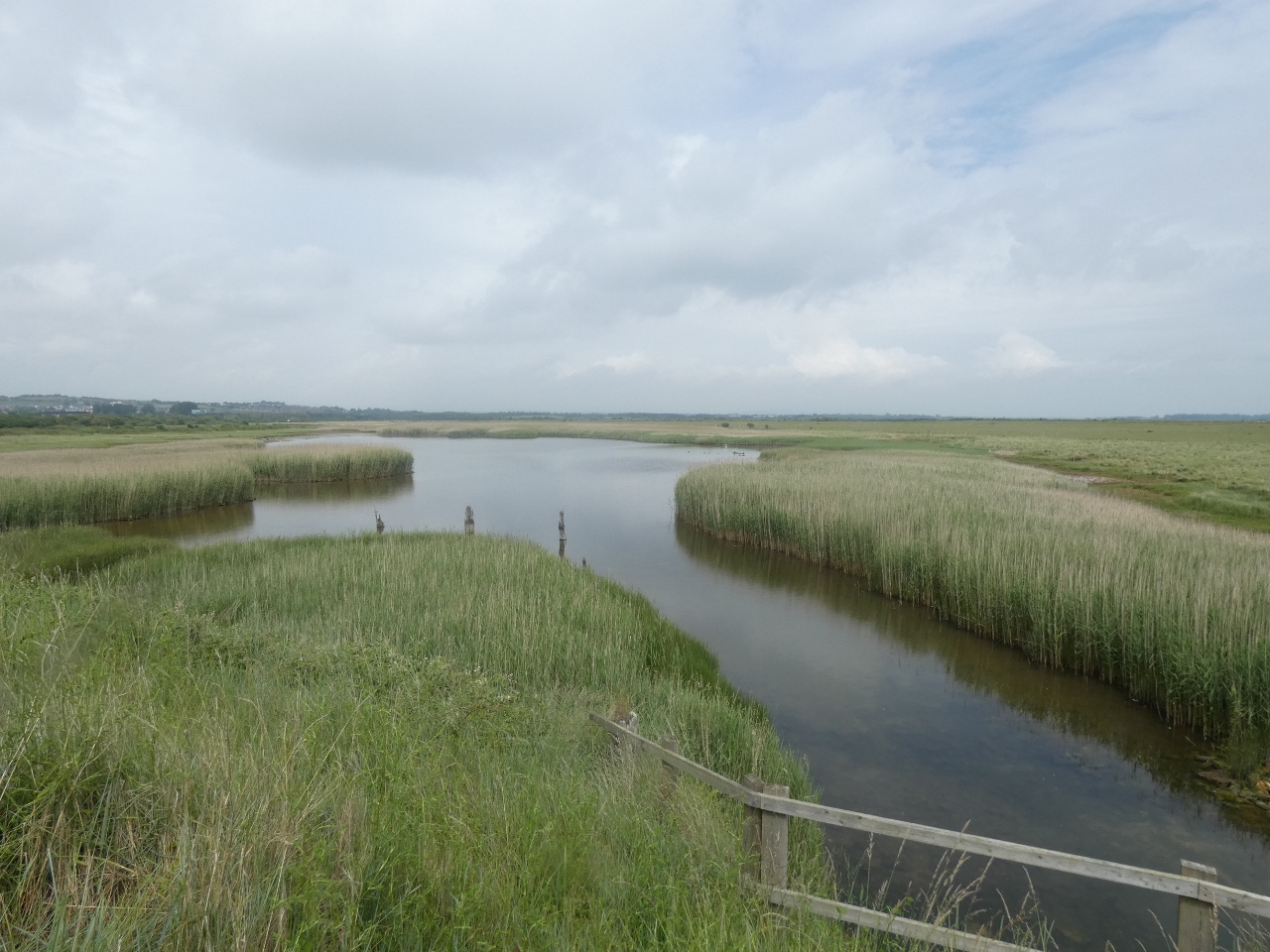
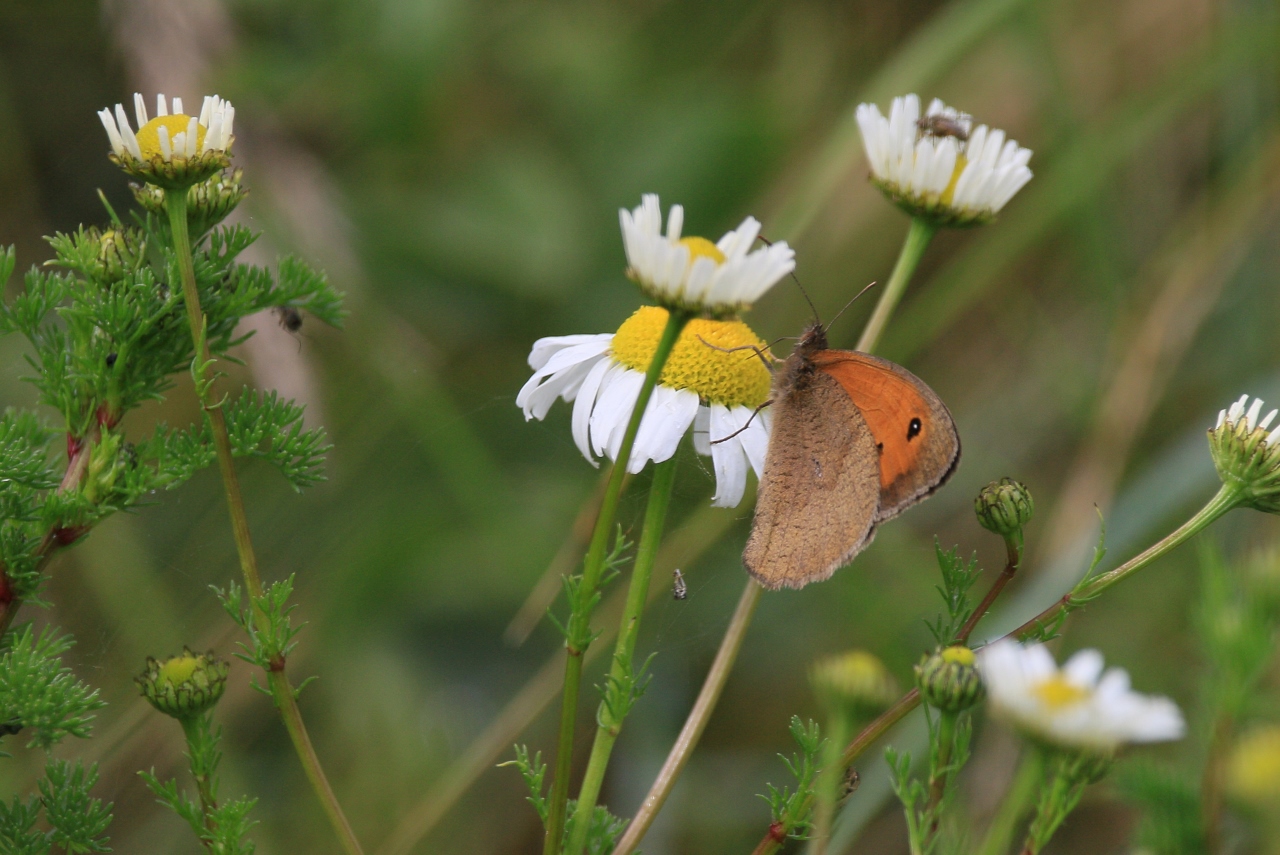
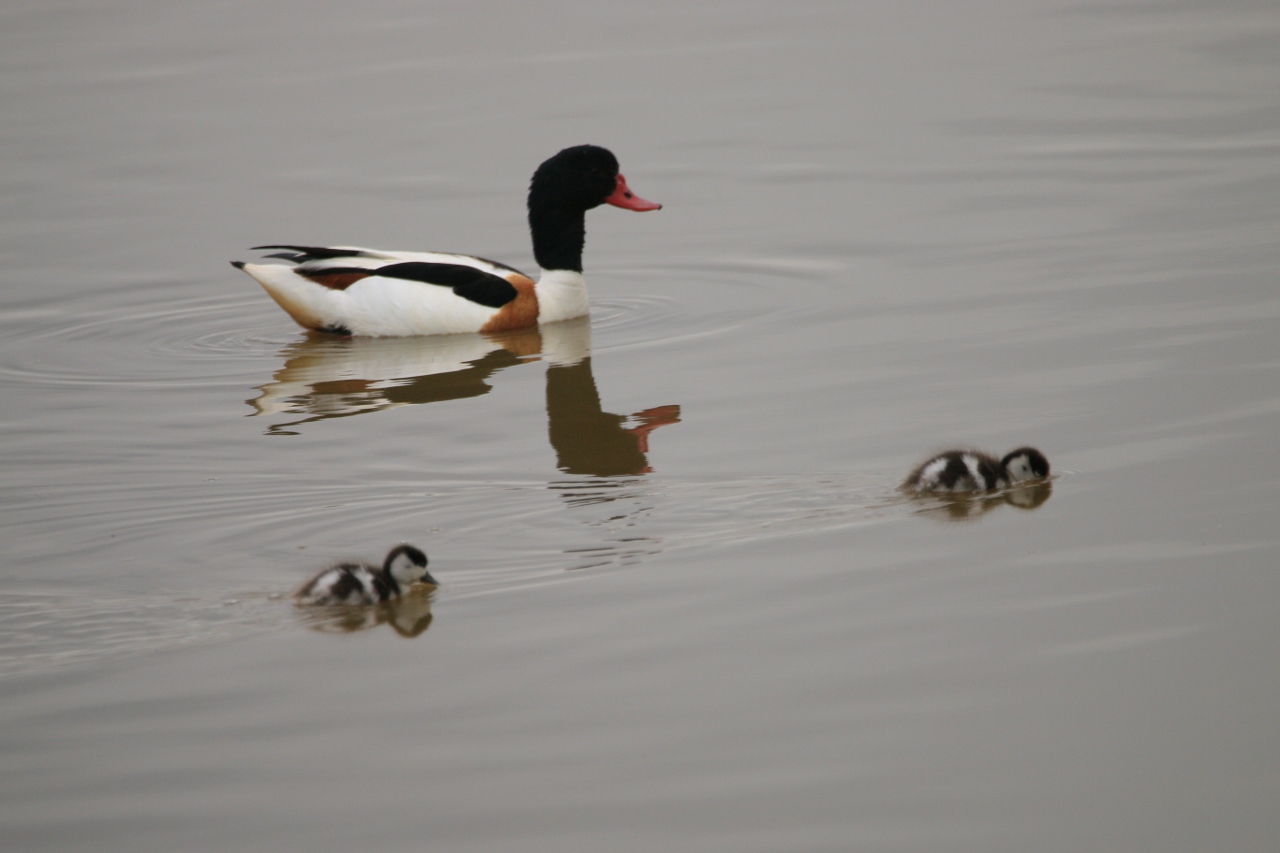

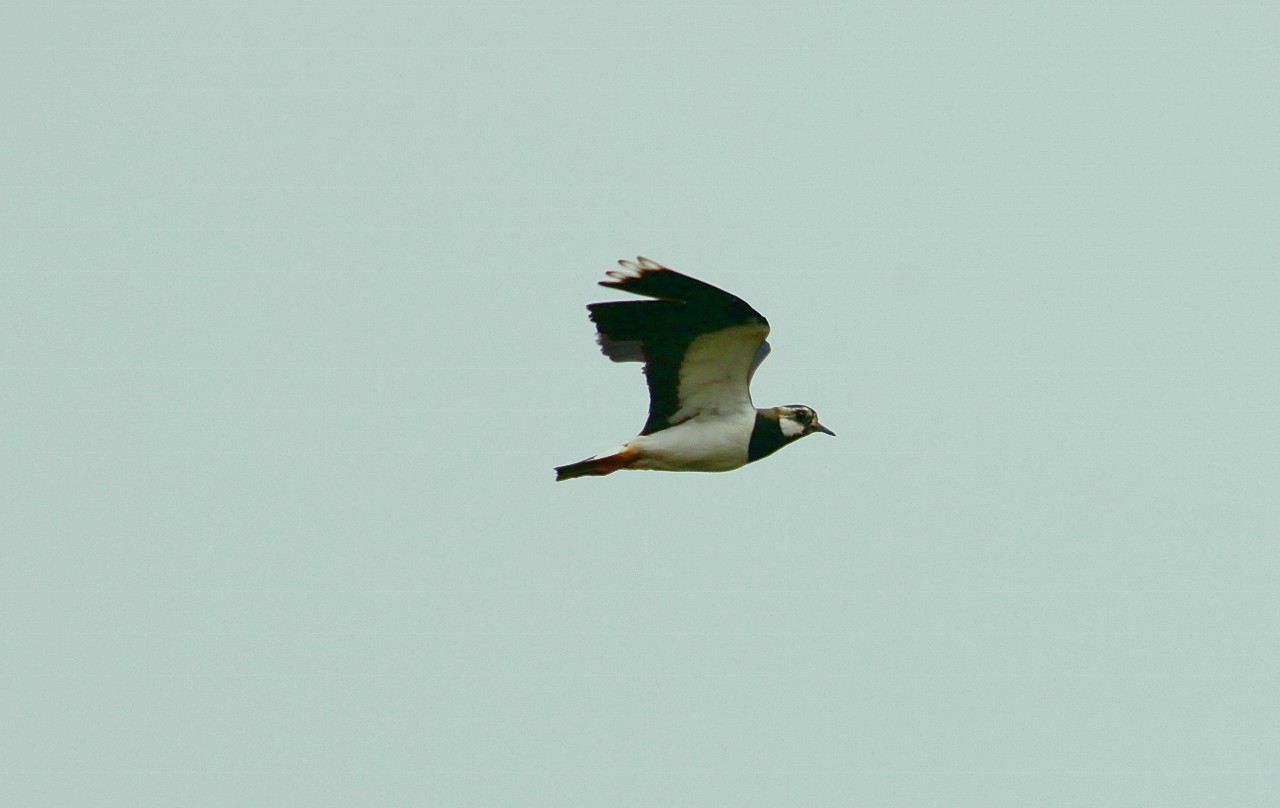

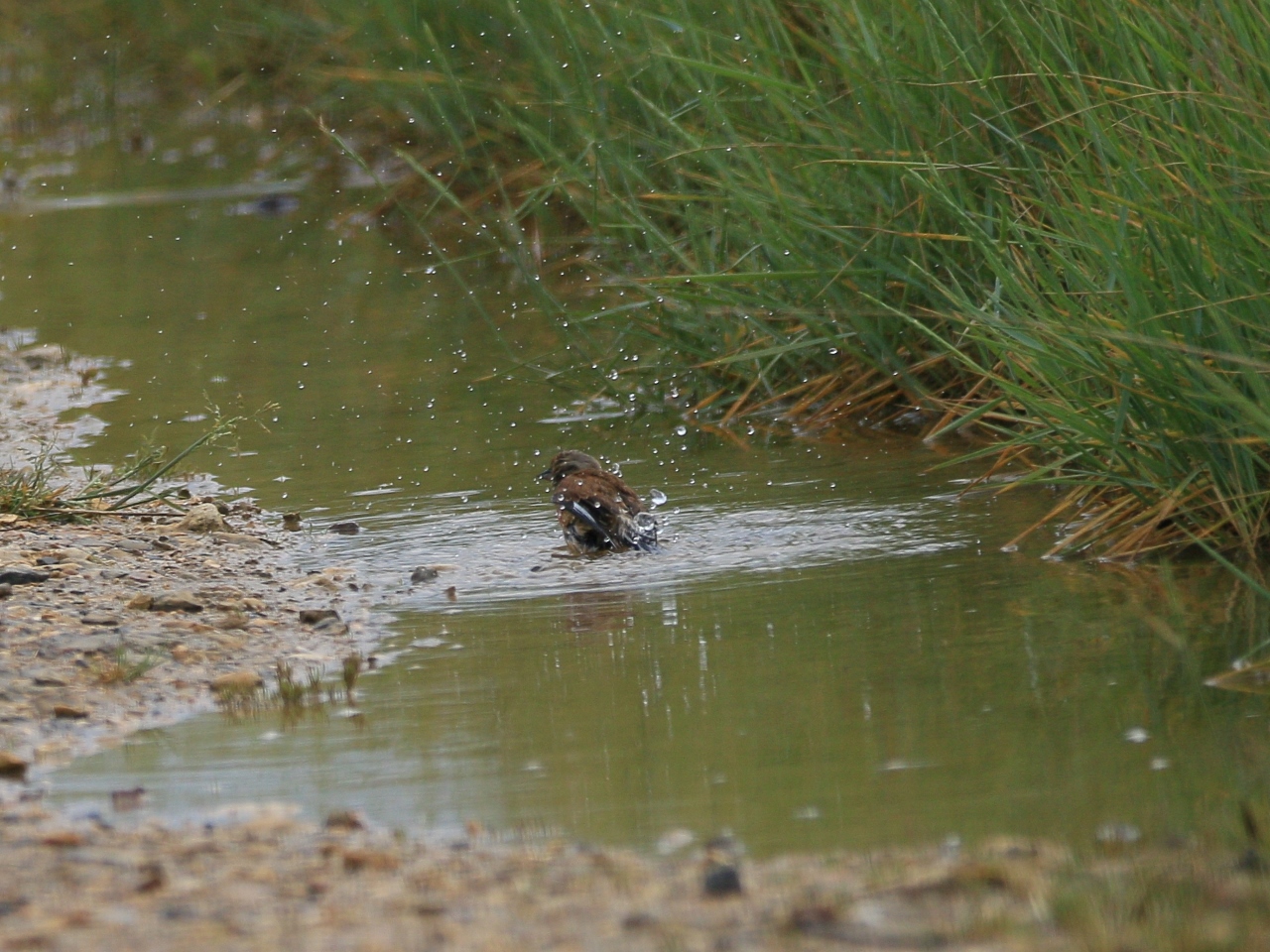
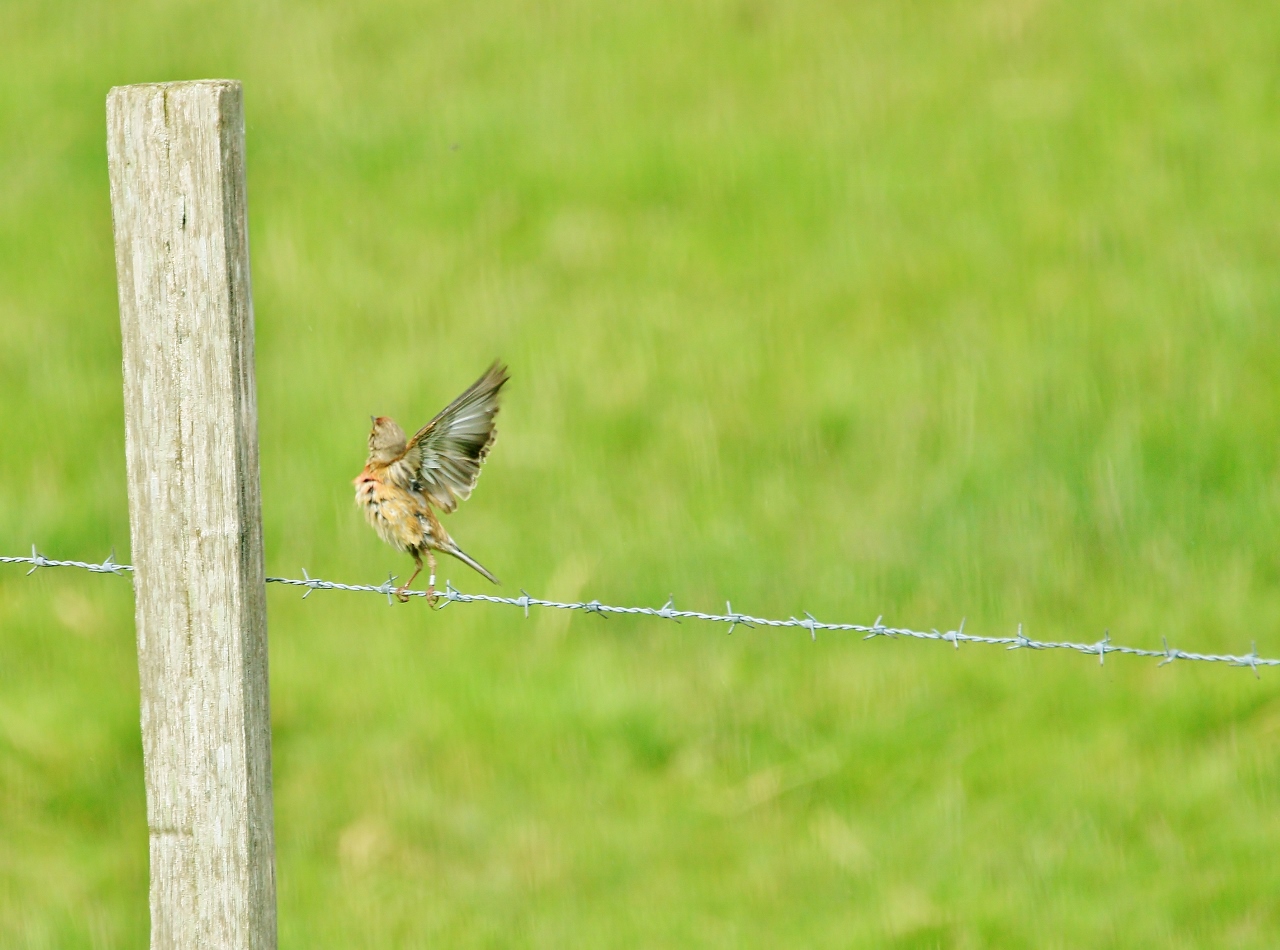
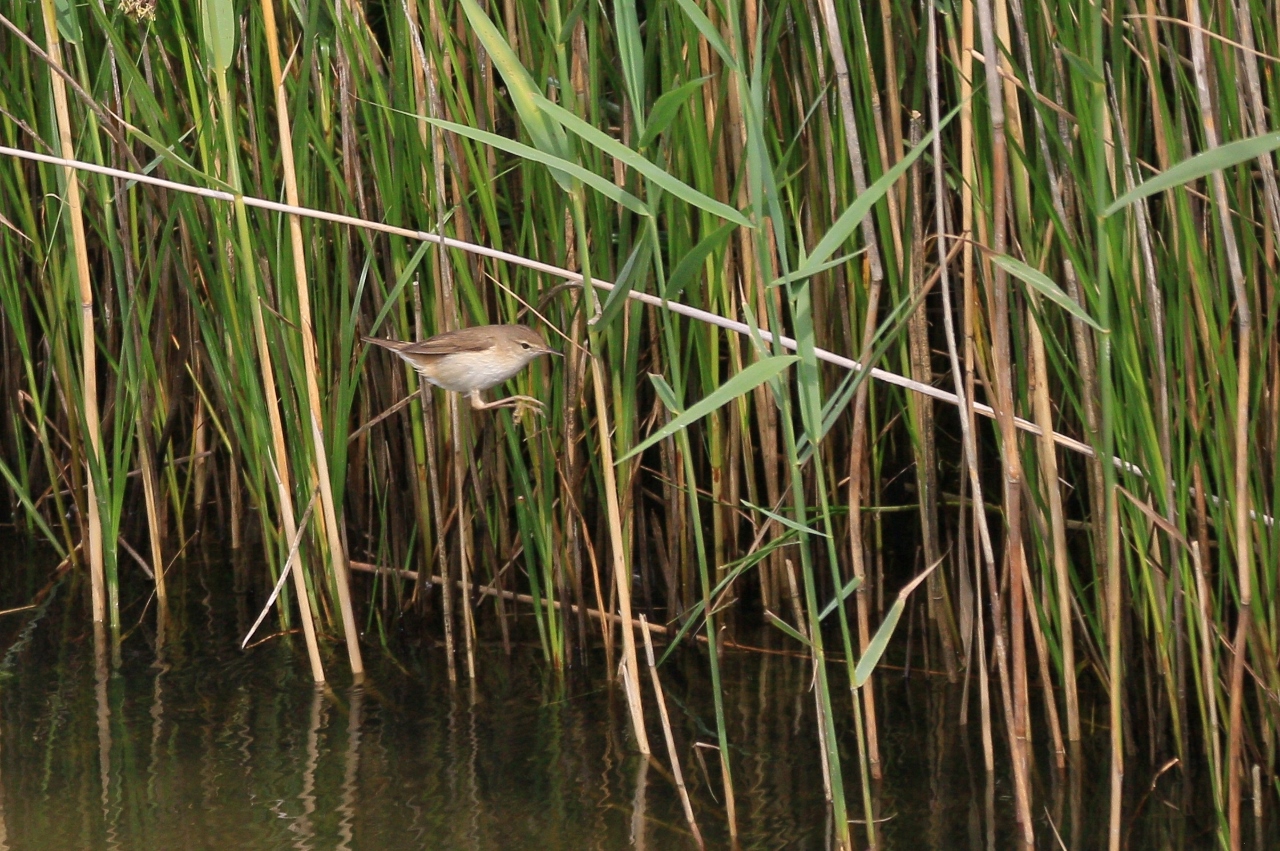
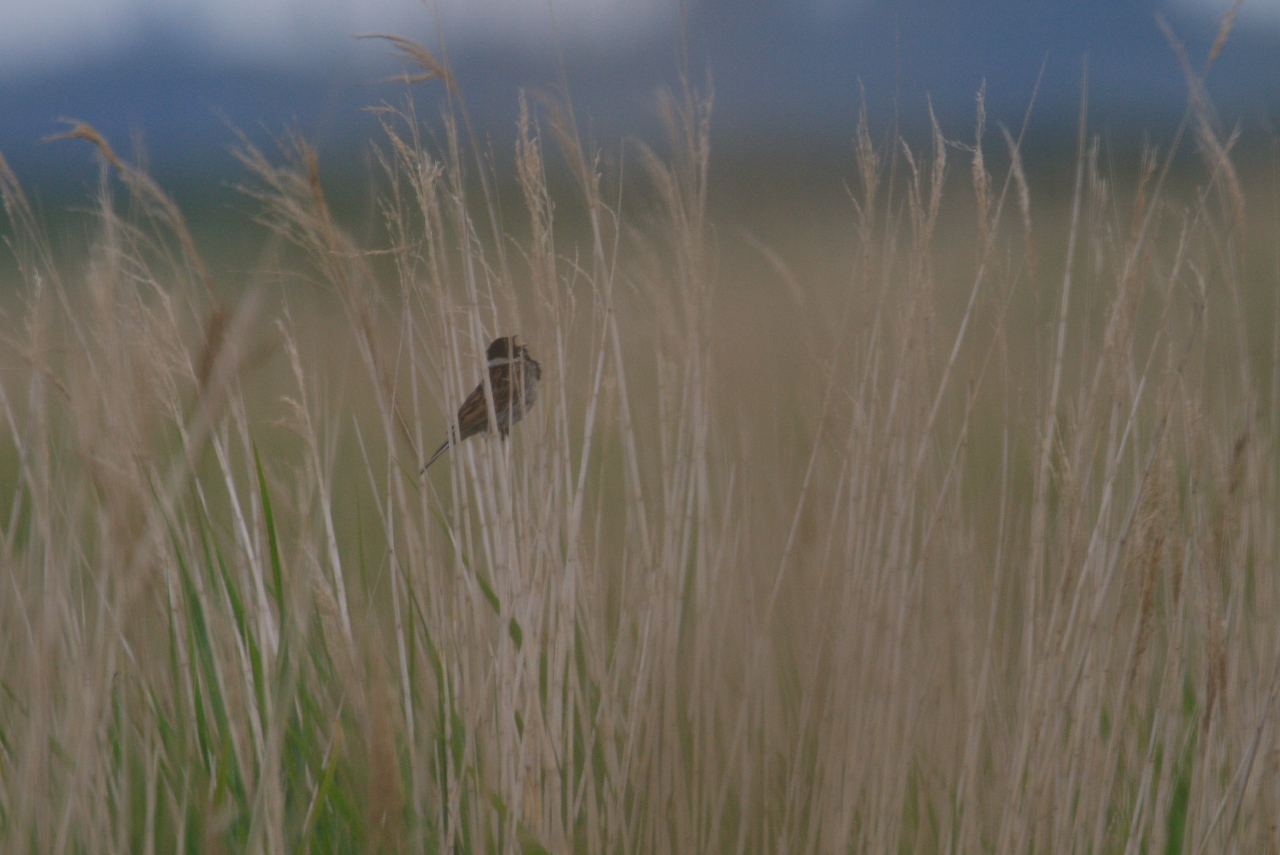
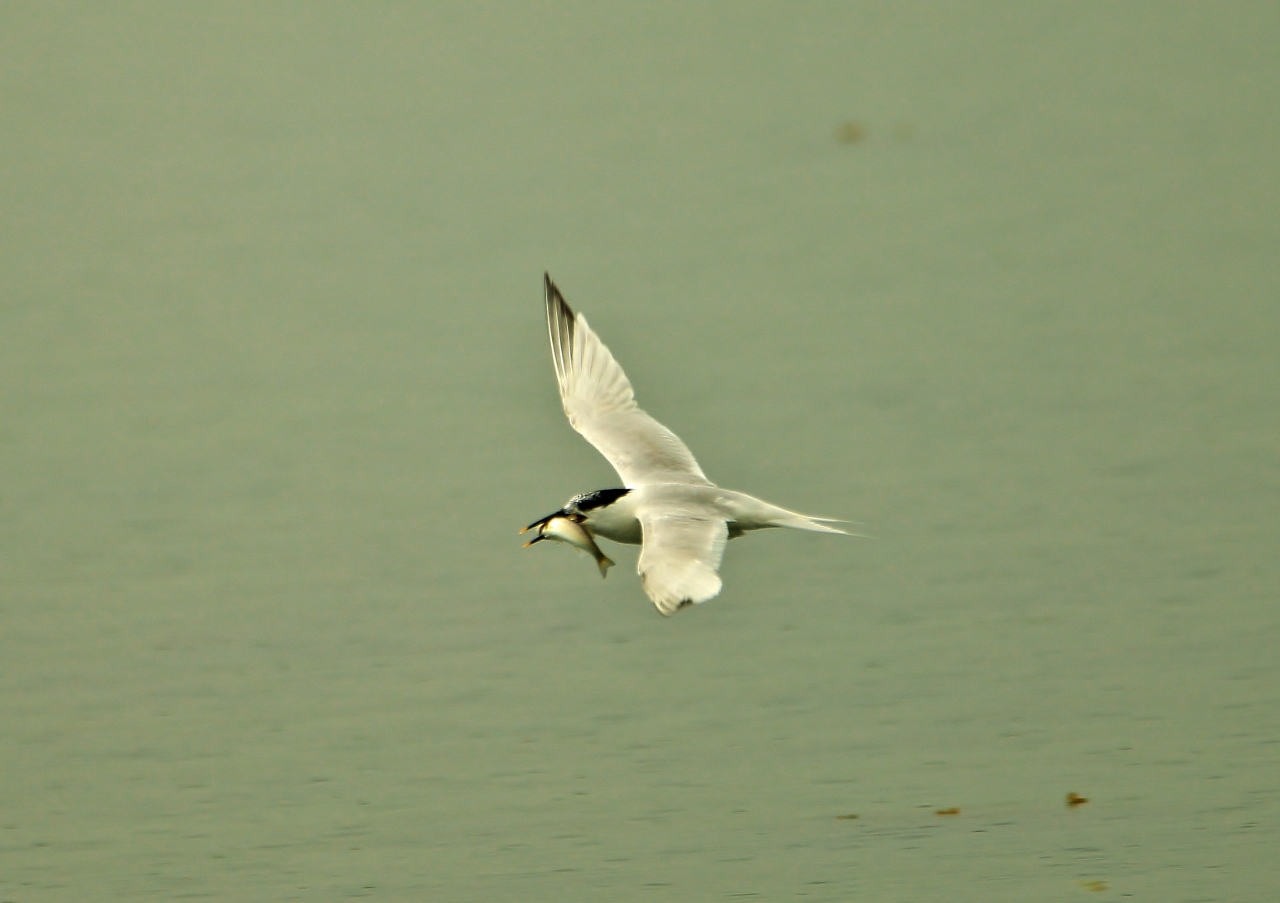
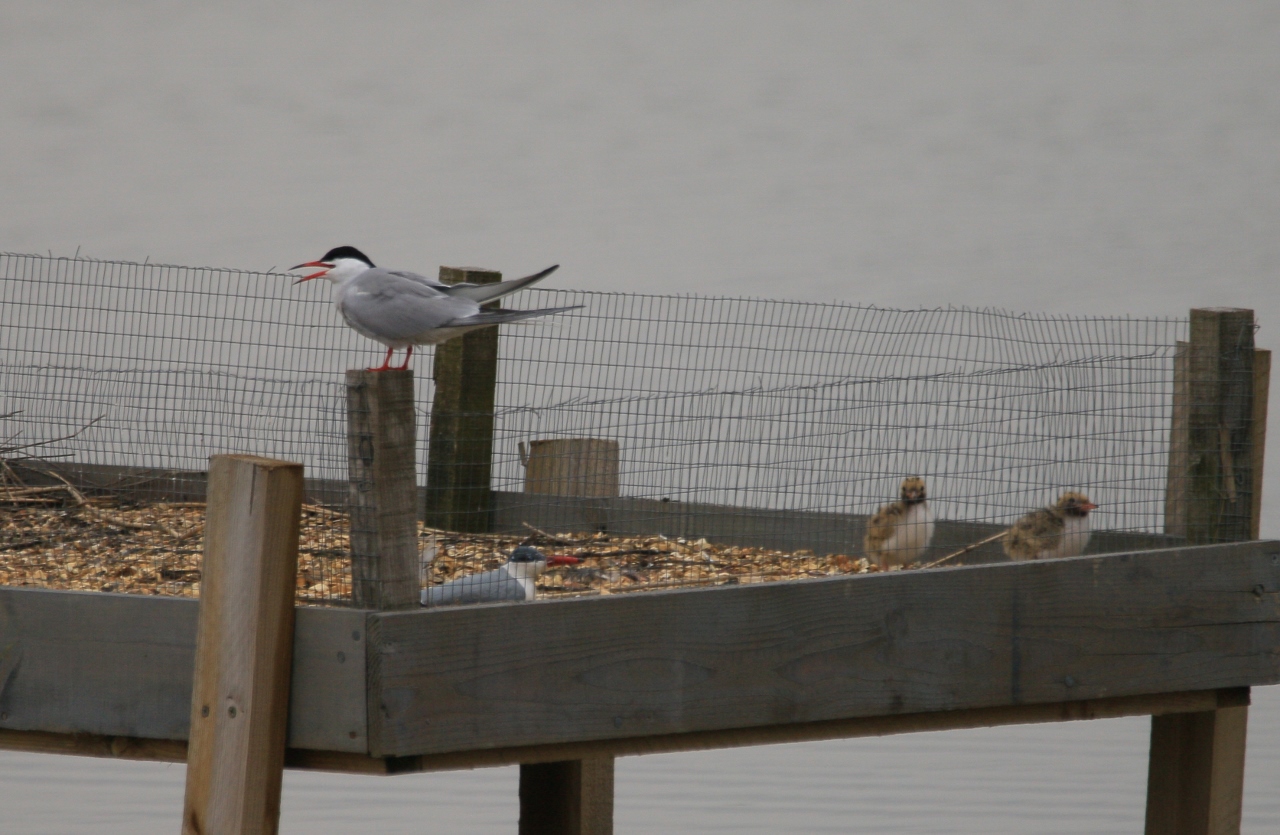


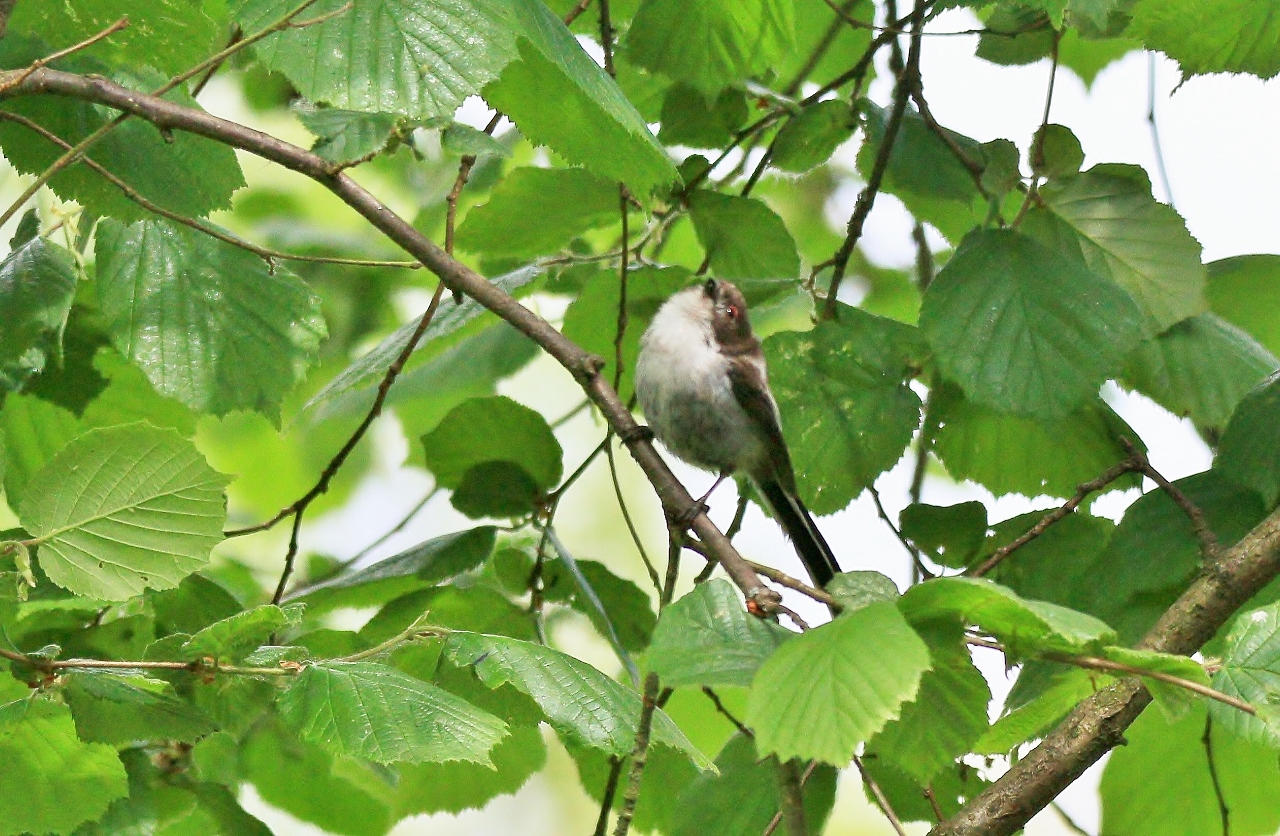
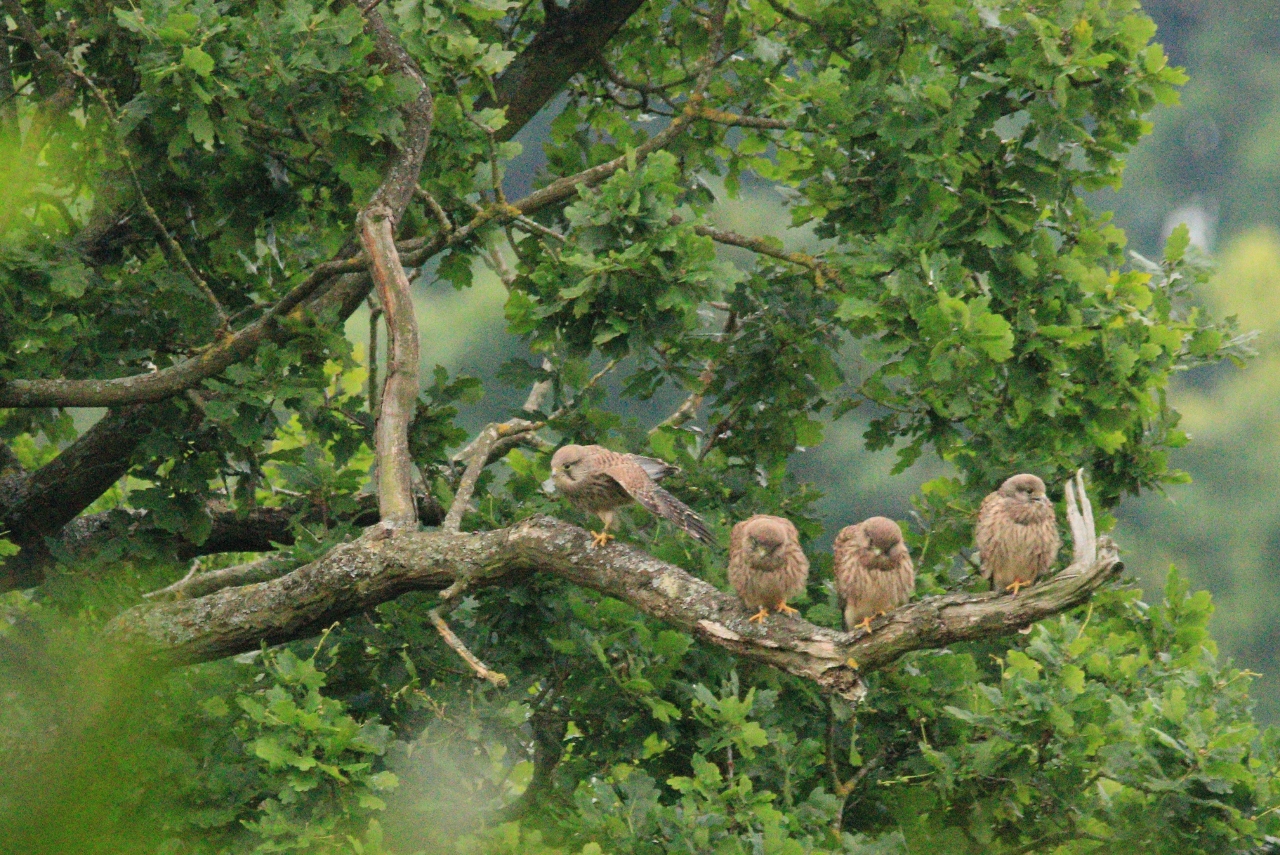
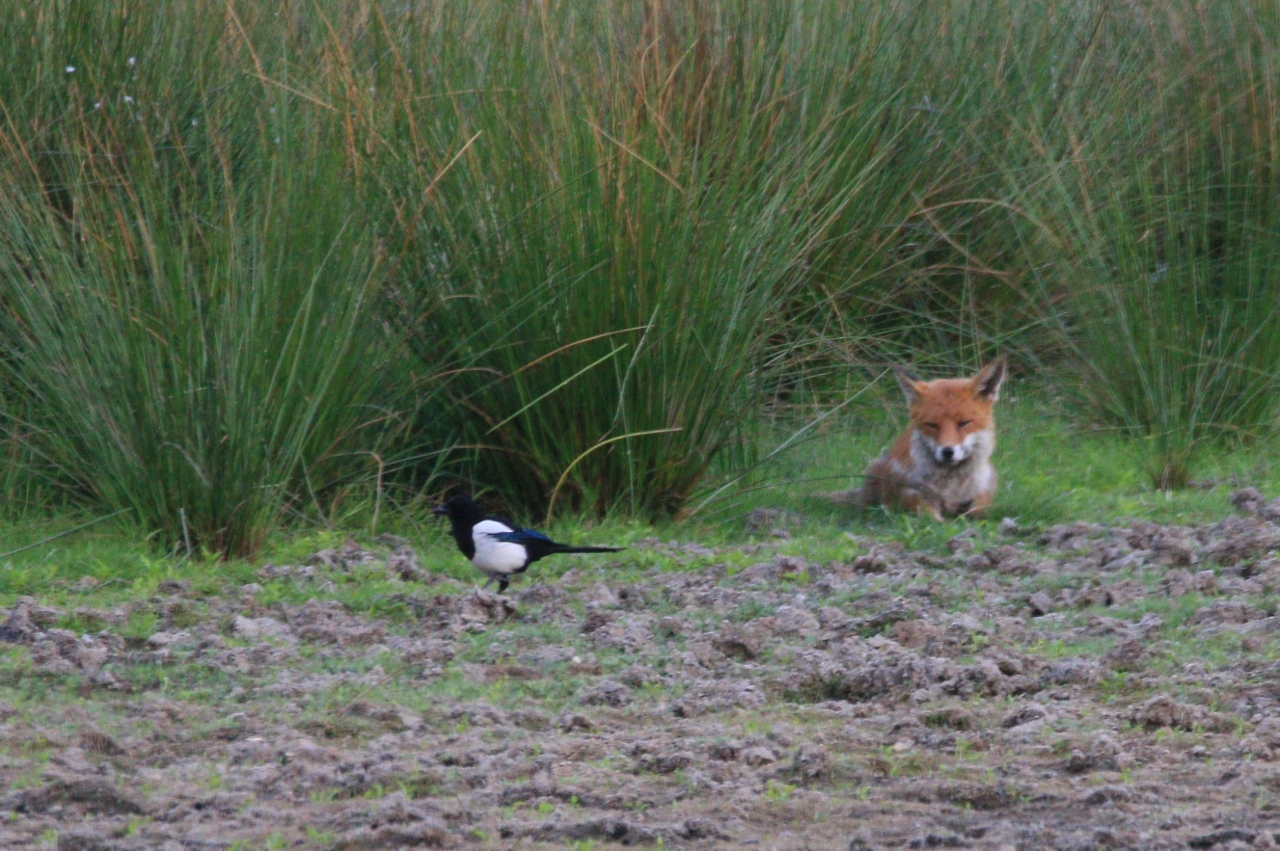

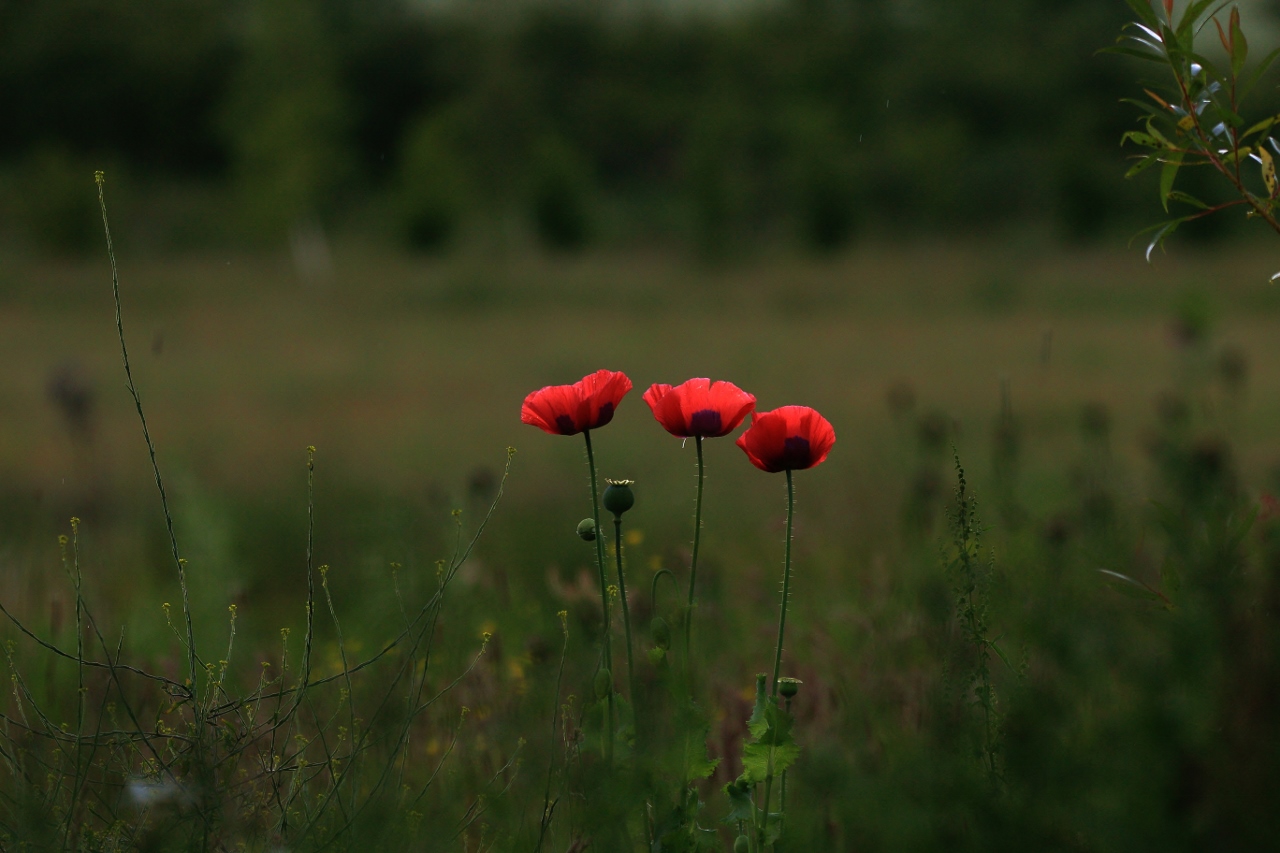
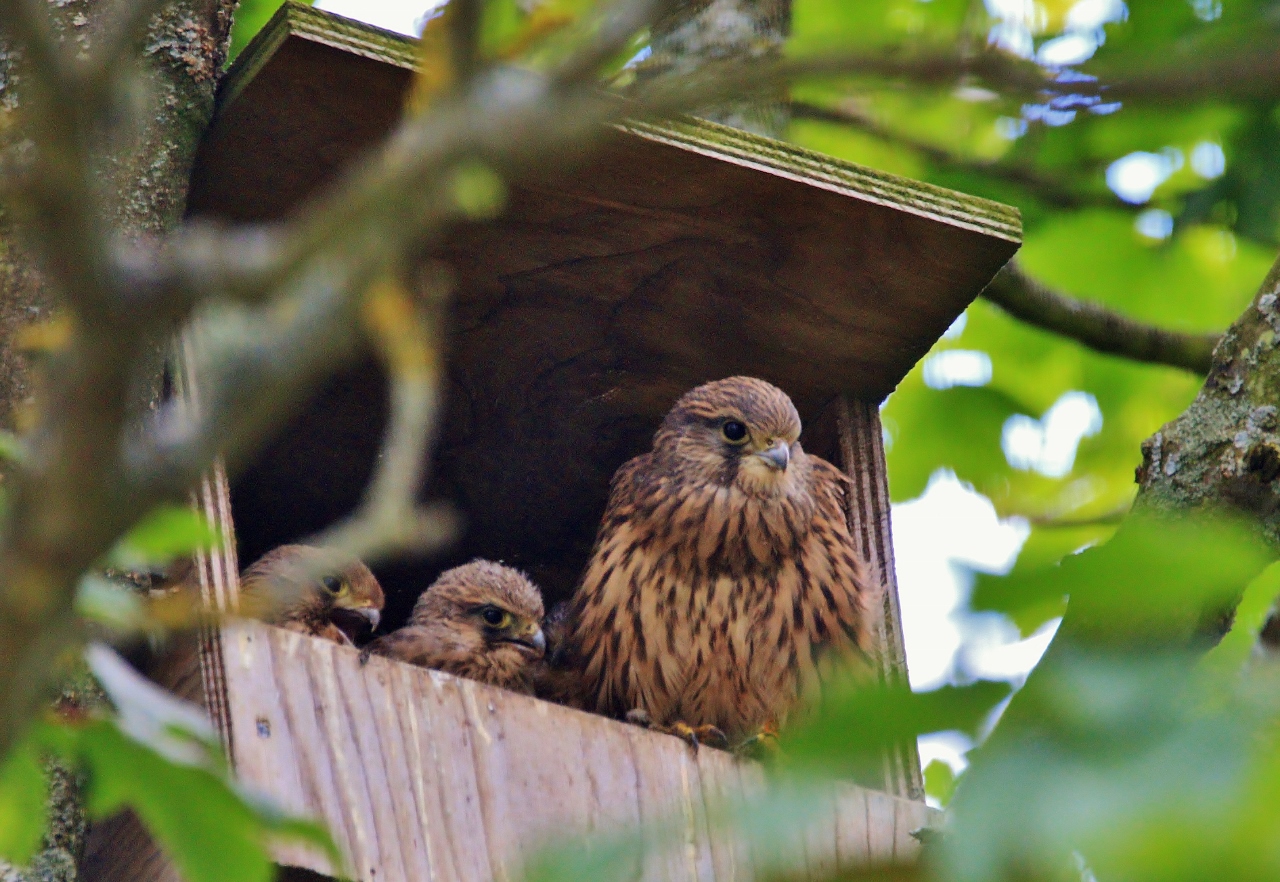
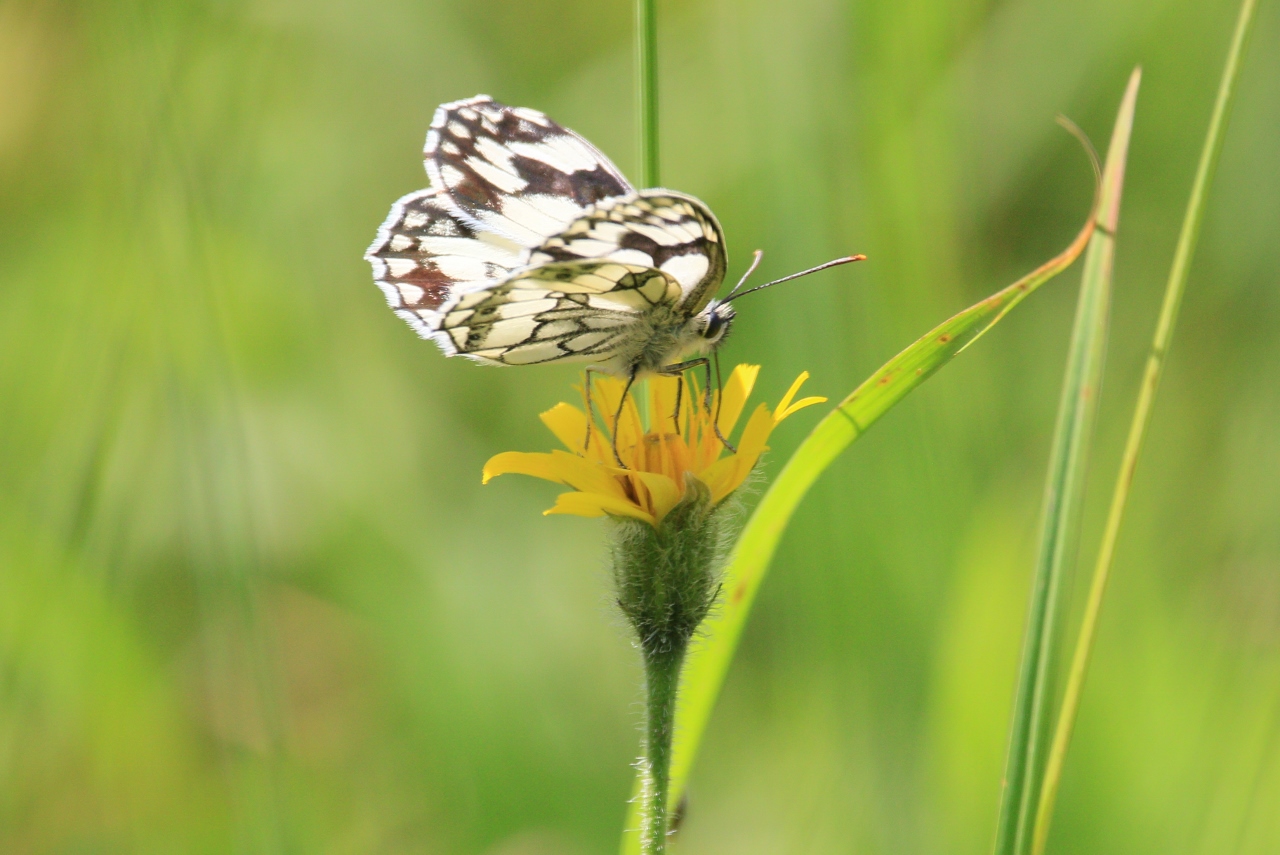
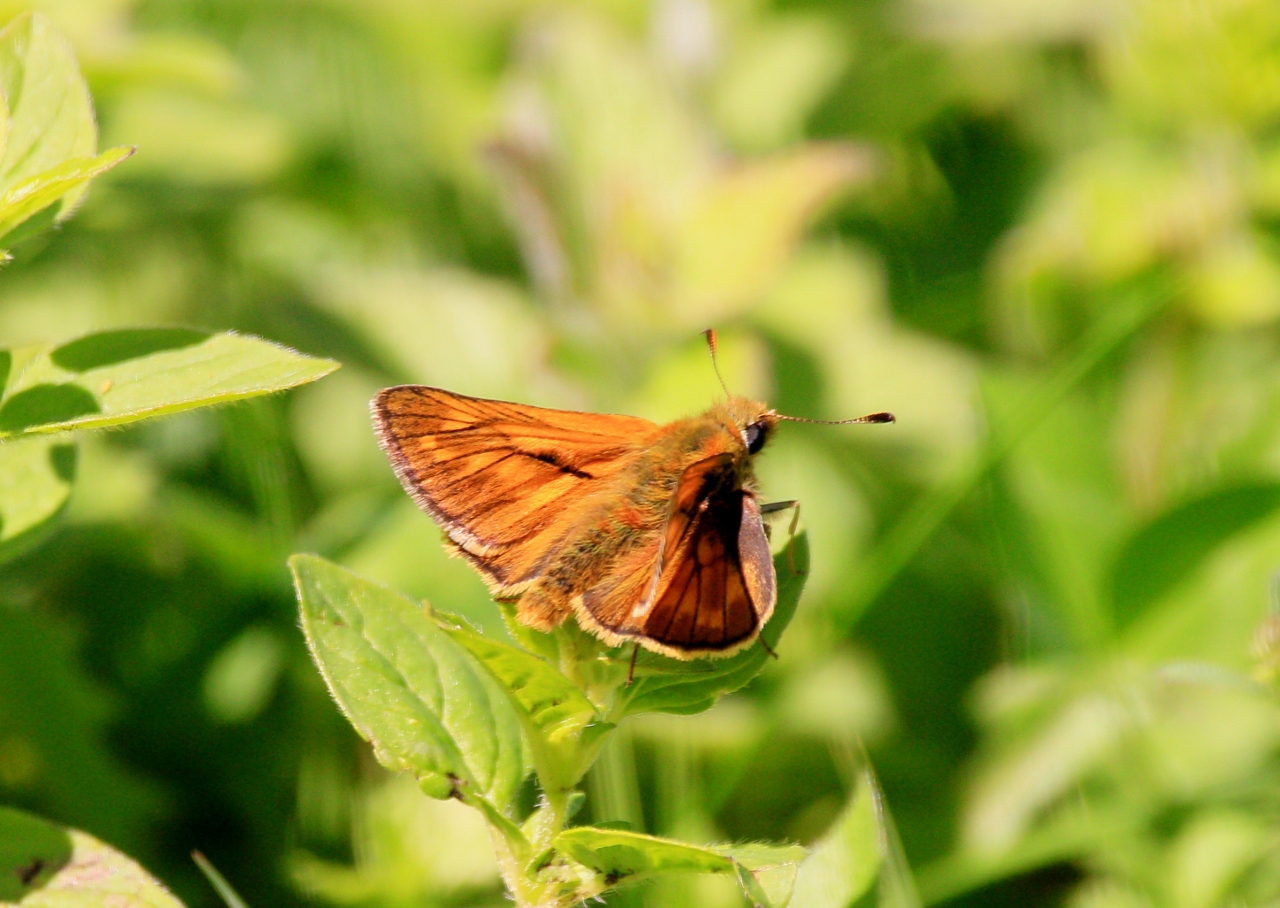
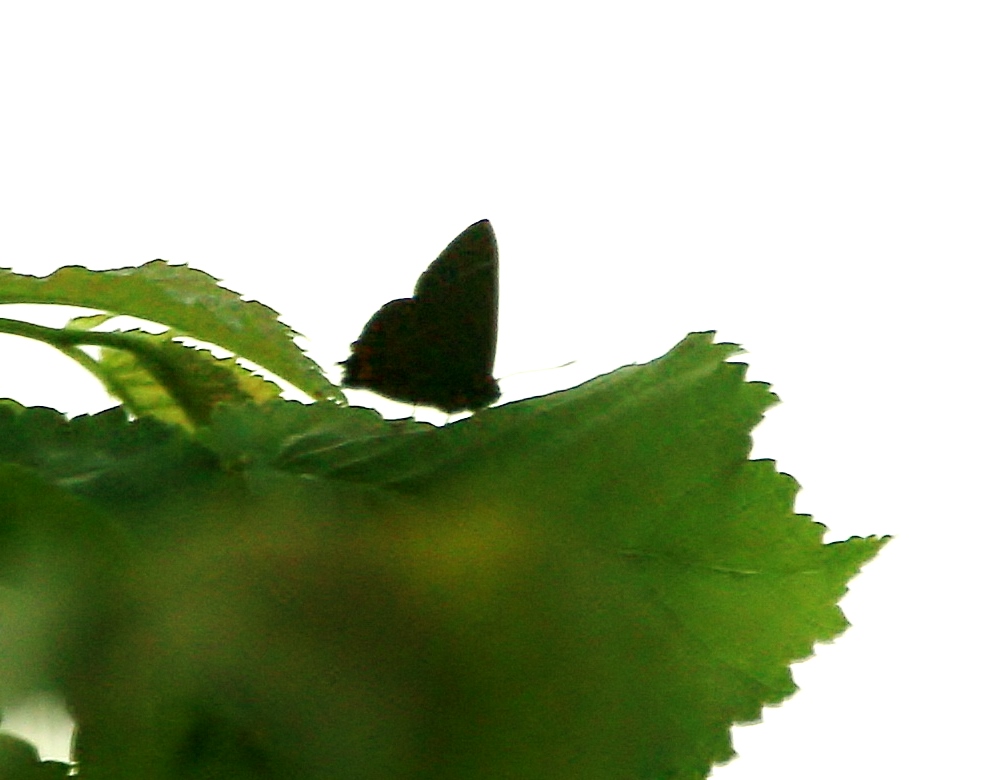

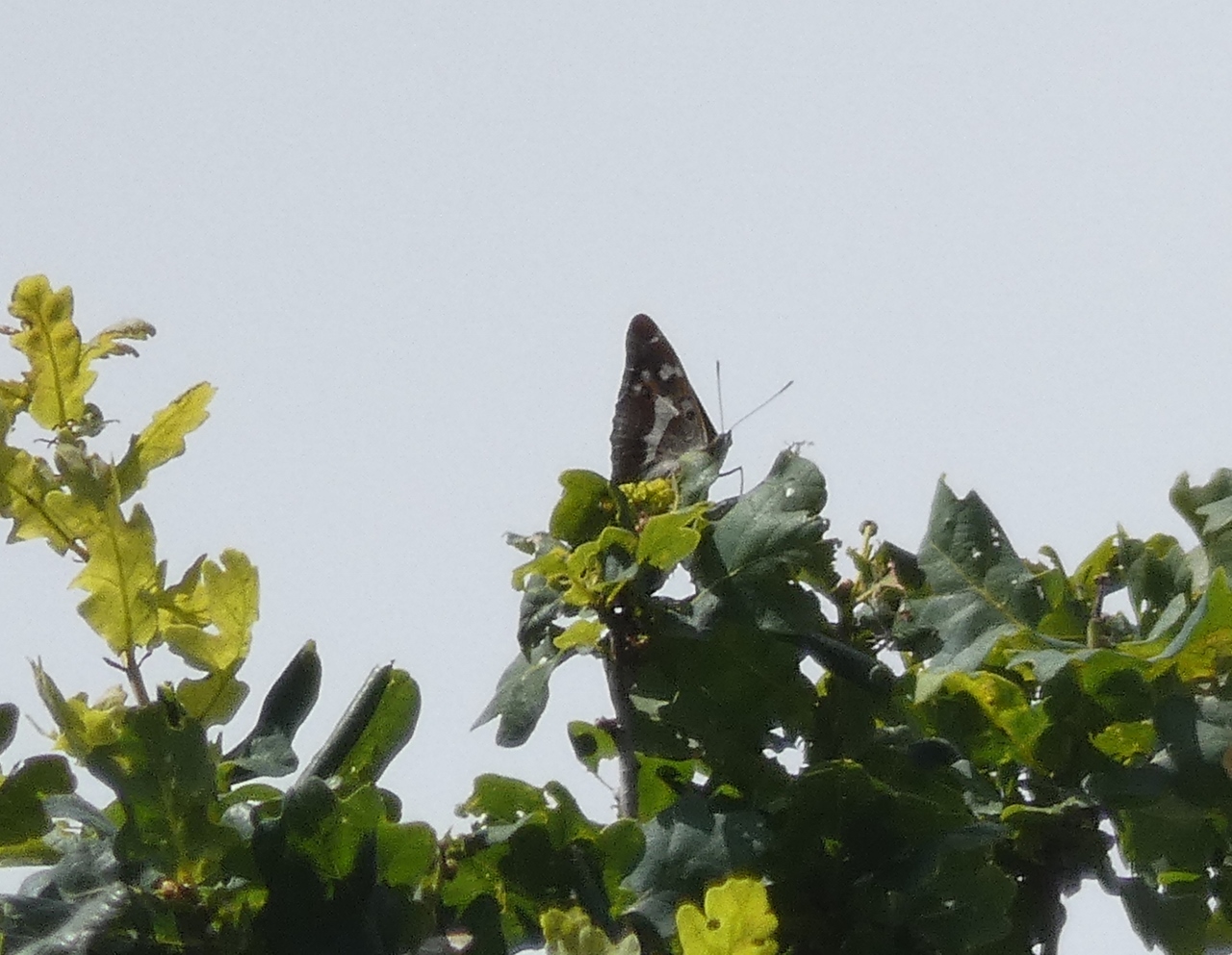
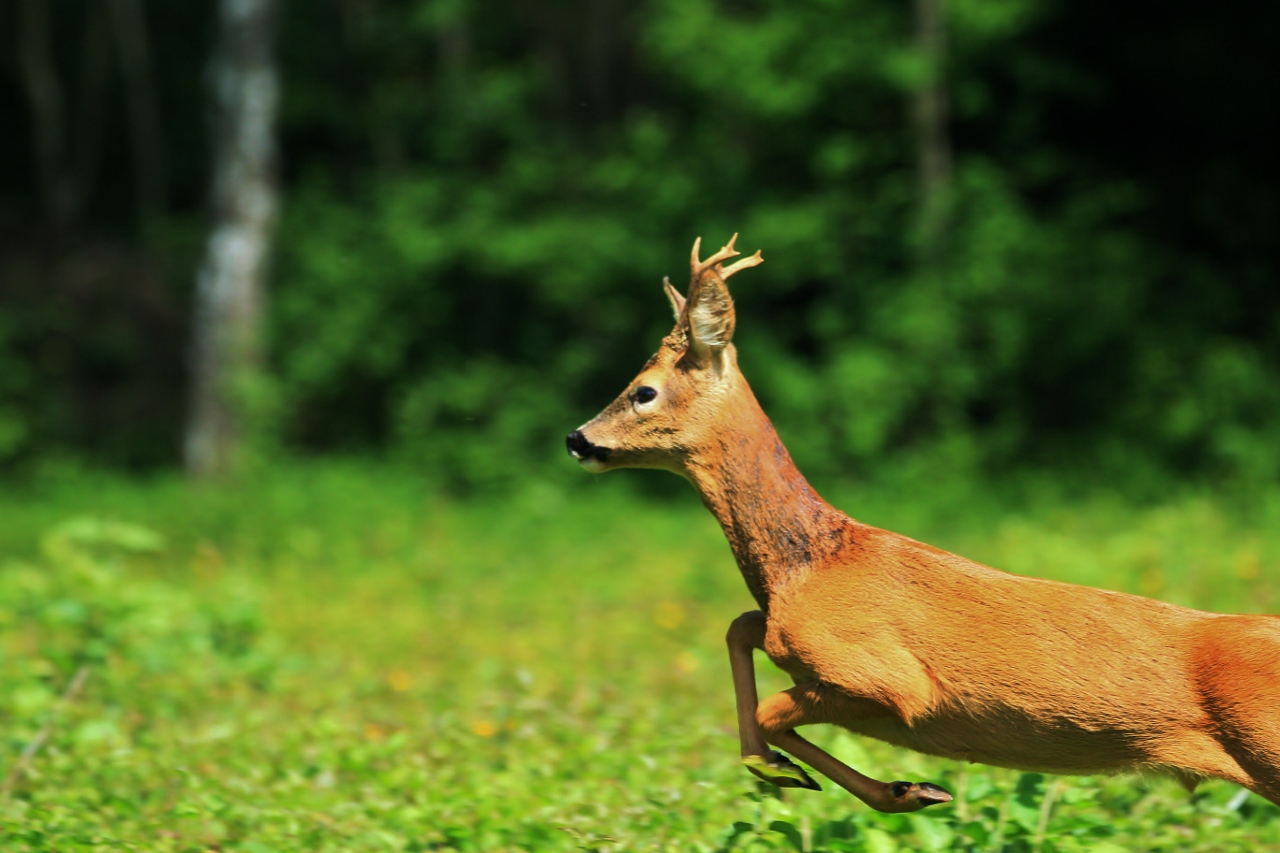
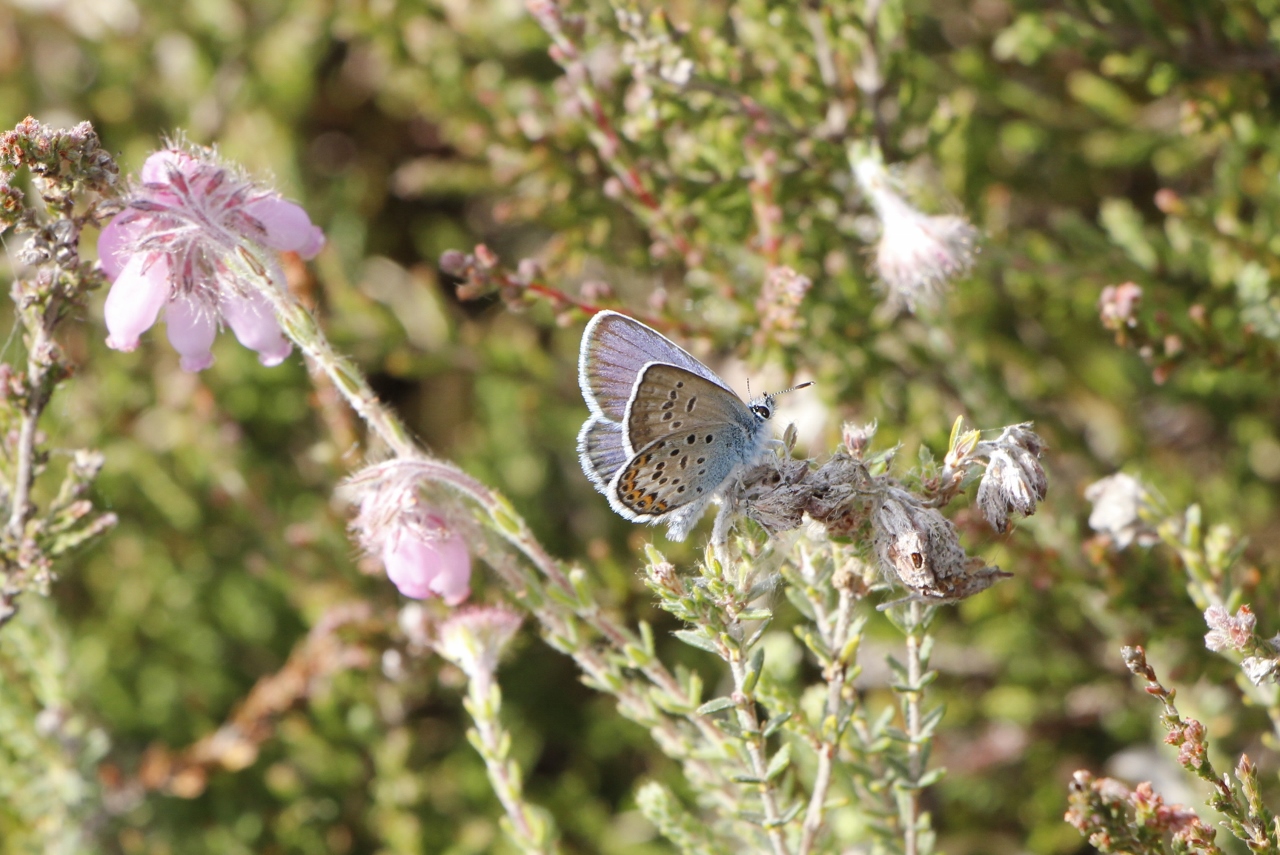
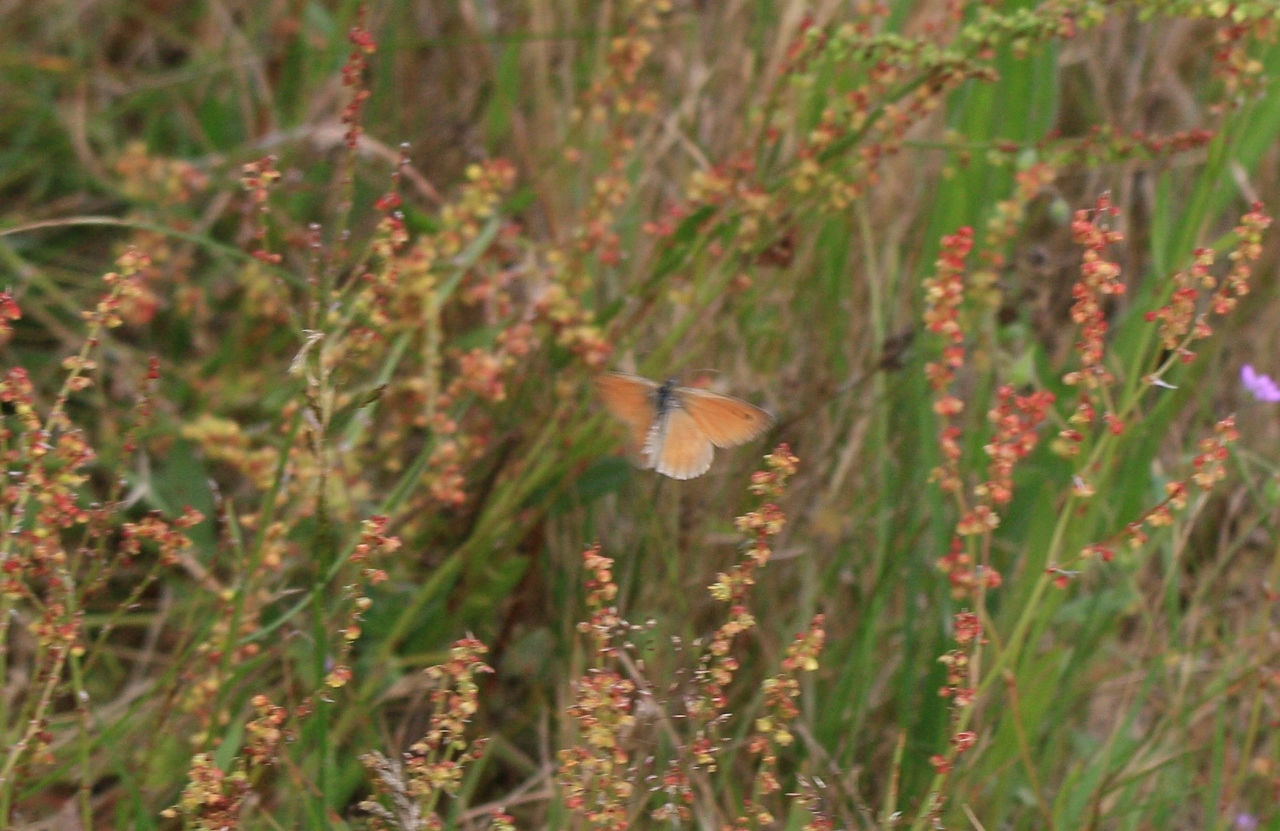
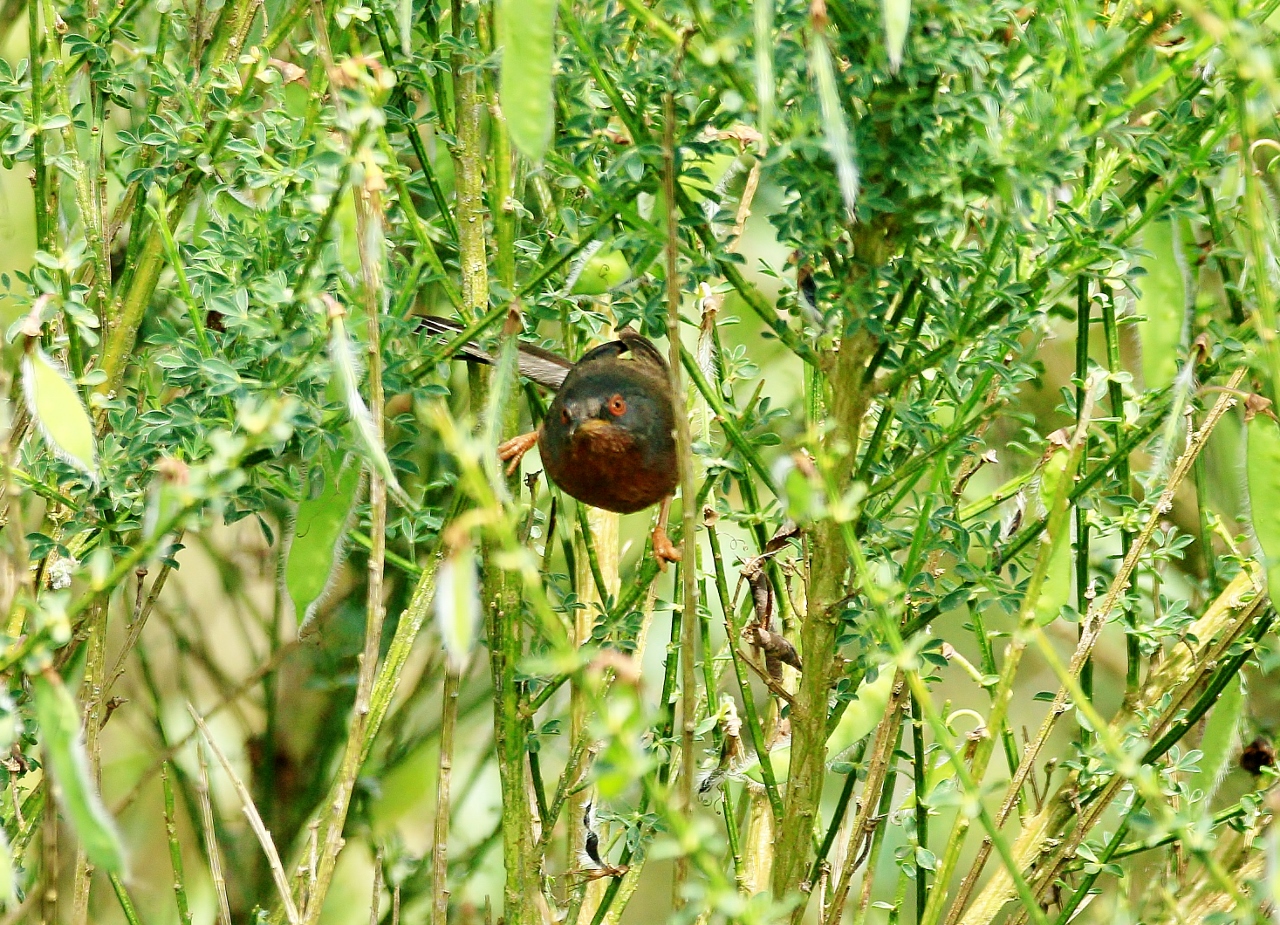
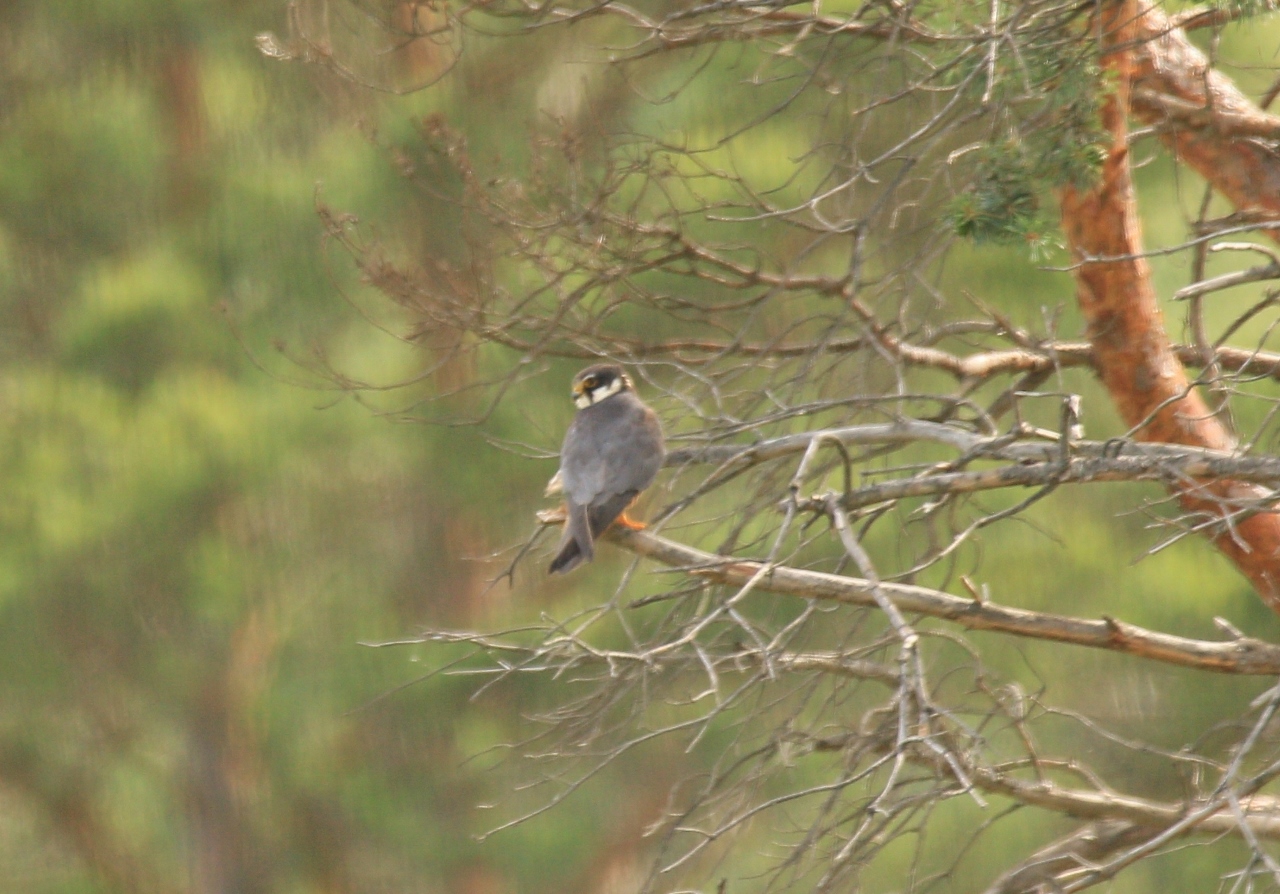
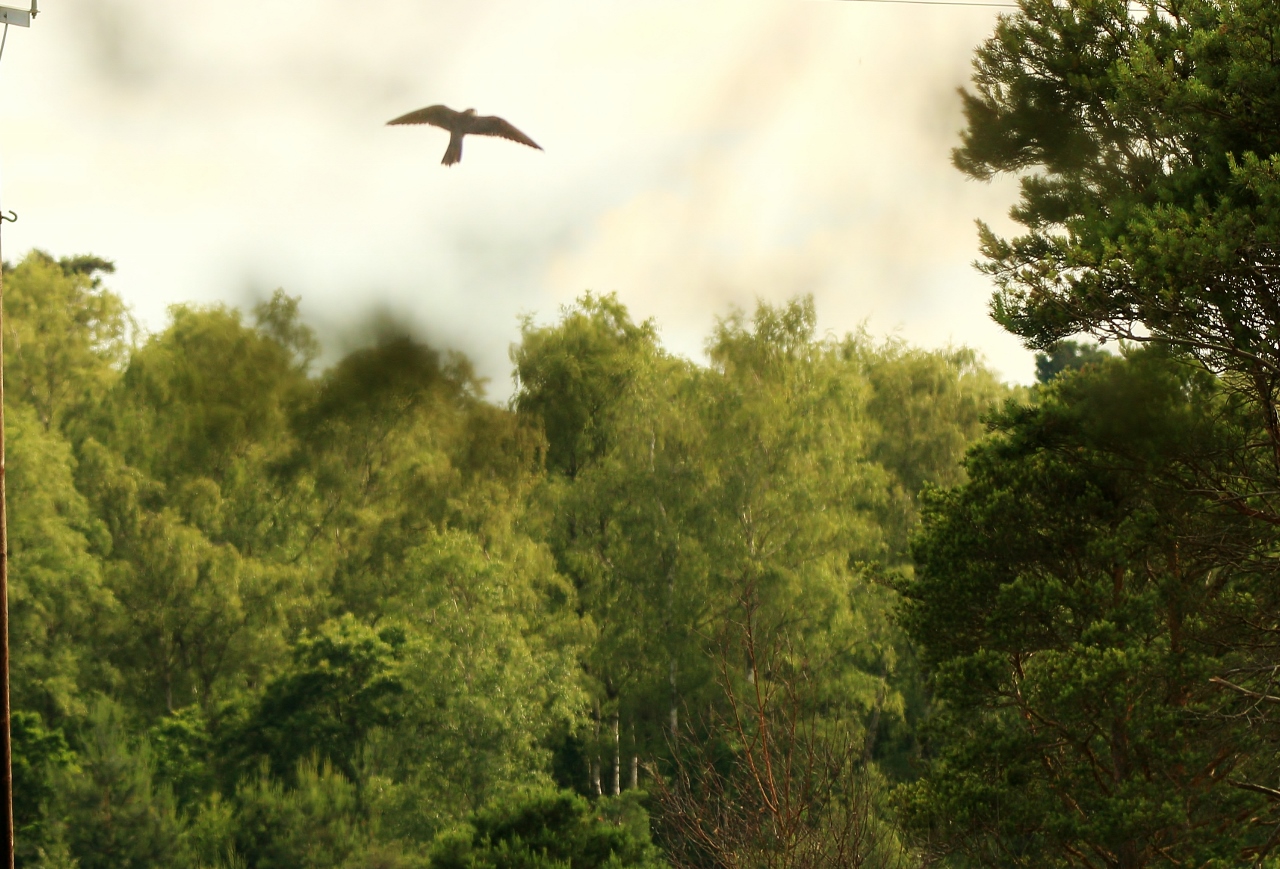

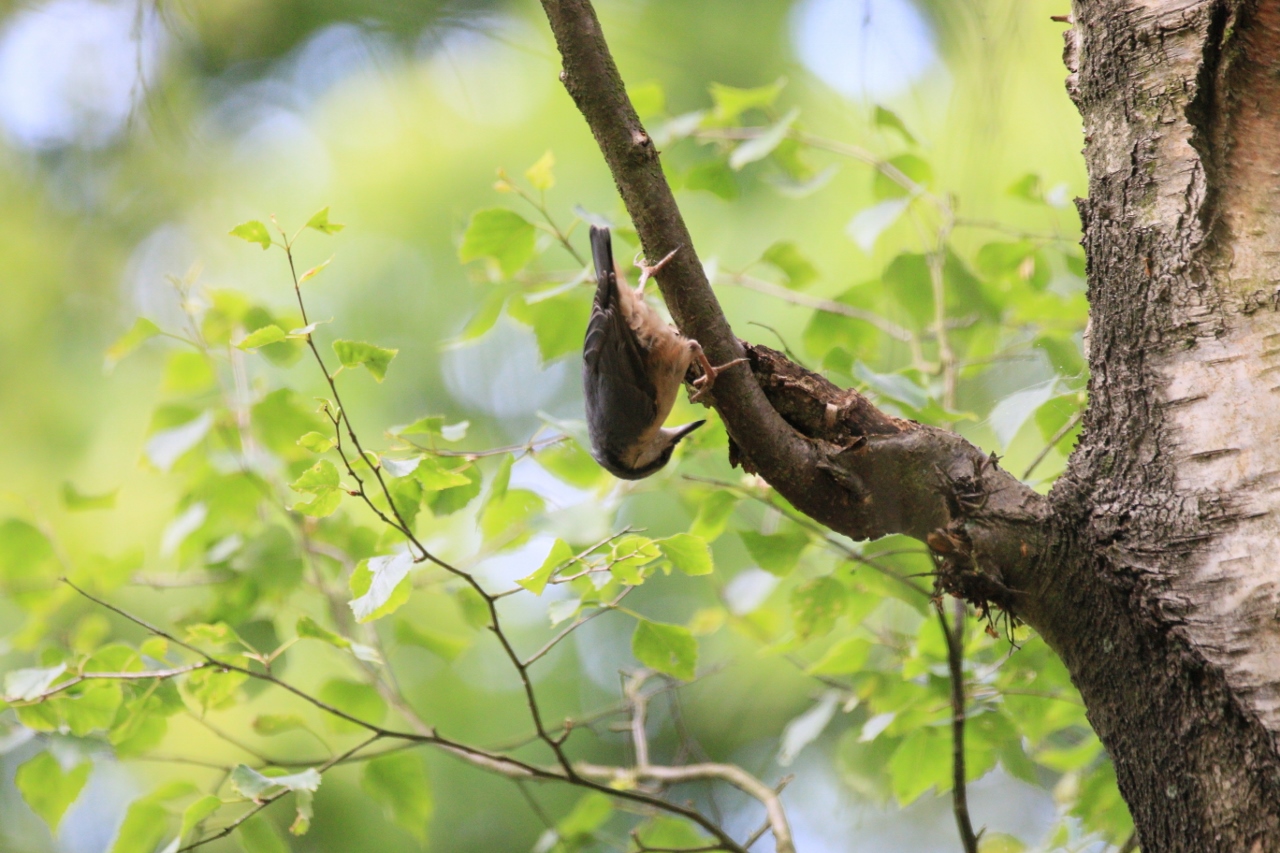




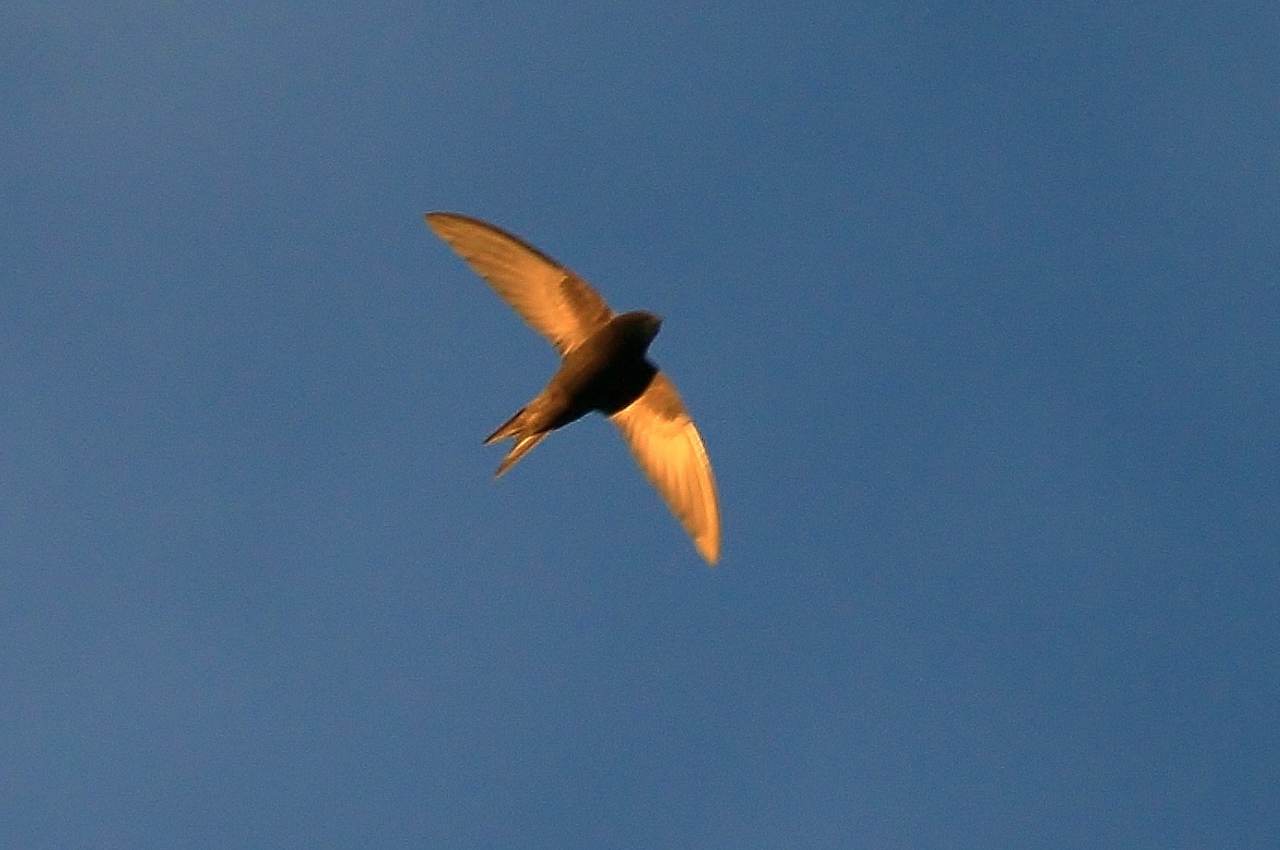
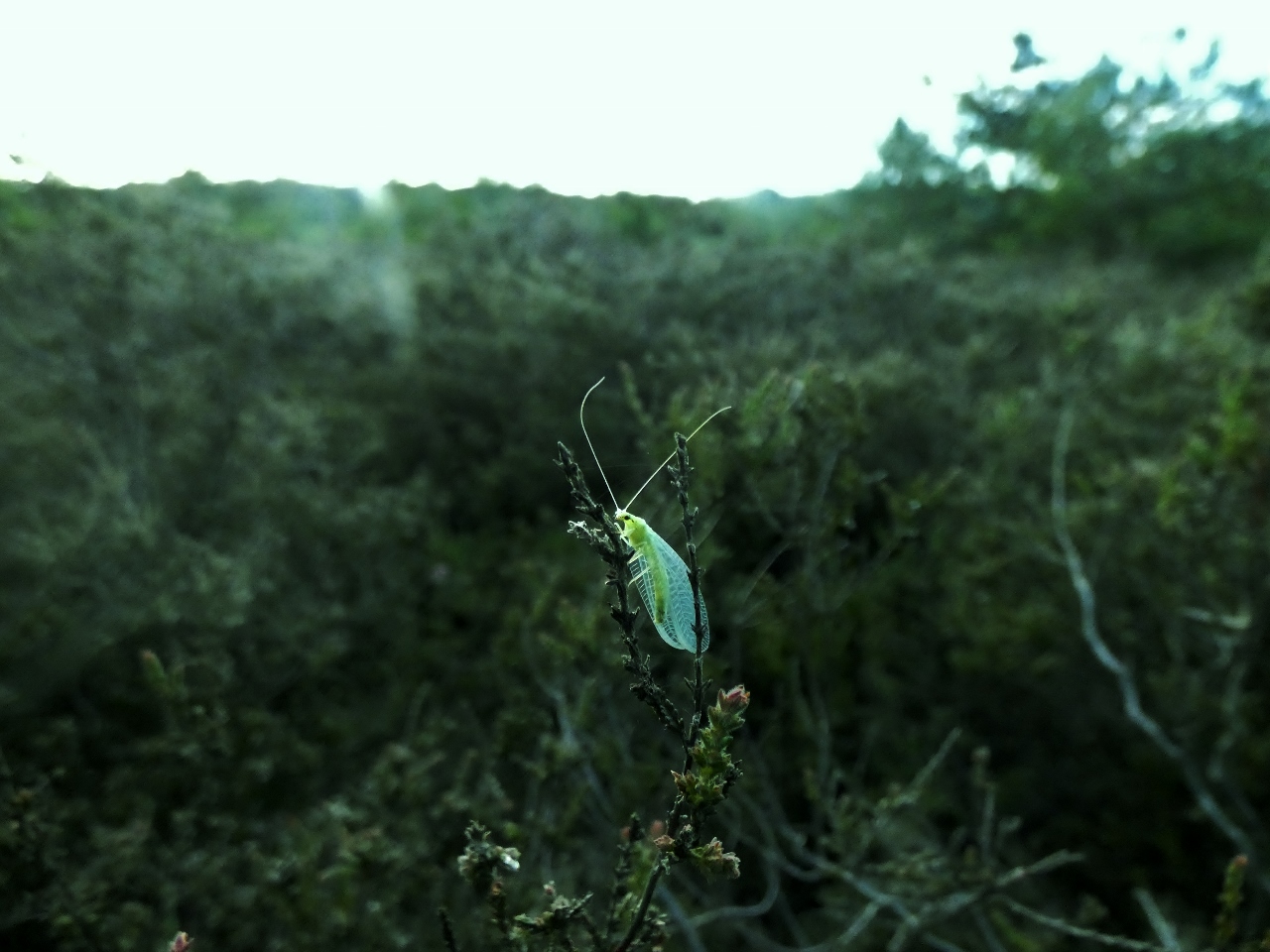

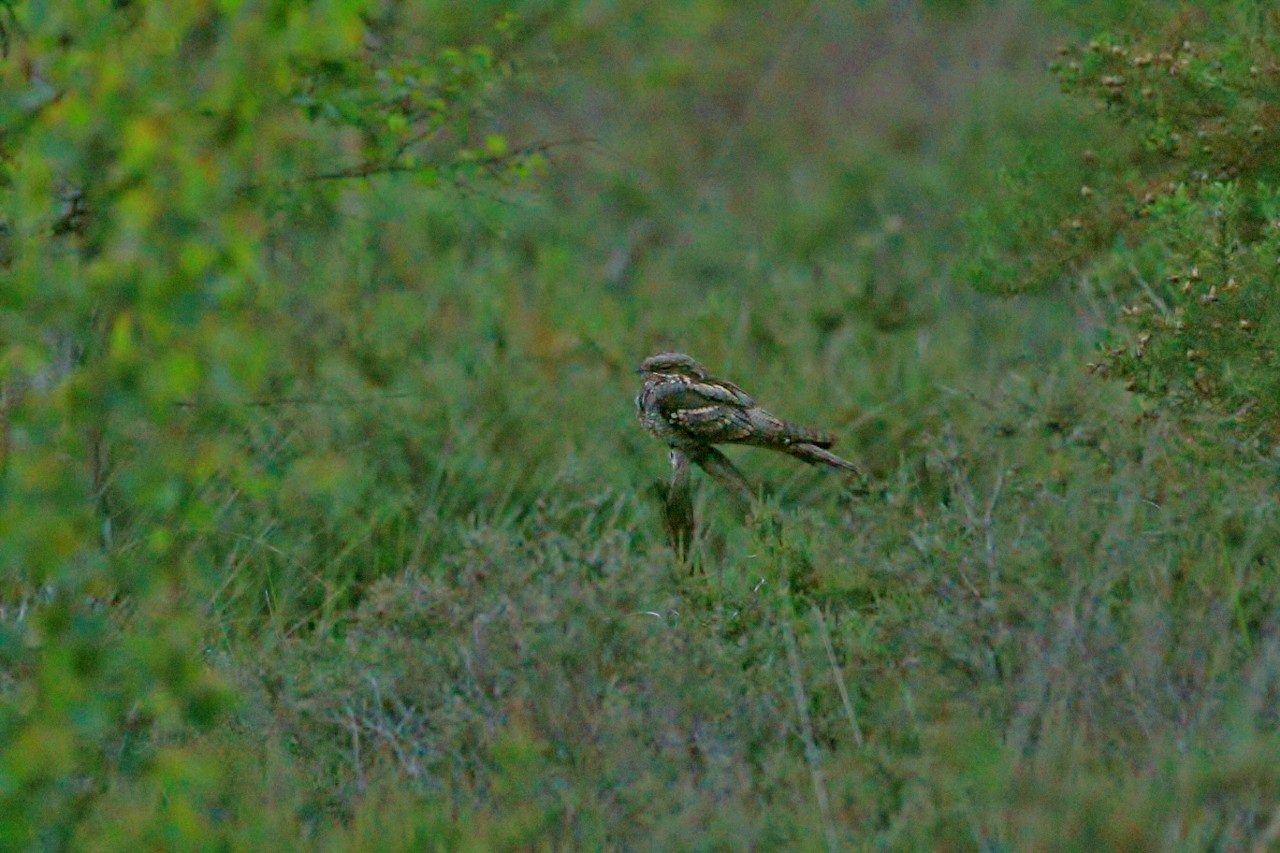






Simon Vine
July 22, 2019 at 11:26 am
Great sightings and pics Malcolm!
I’ll get in touch with David to see if we can fix a trip somewhere-loved that one we did on Thursley Common. Simon
Malcolm Fincham
July 25, 2019 at 11:25 pm
I would like to thank Simon for his compliments regarding the pictures and I look forward to an opportunity to meet up with him sometime in the near future.